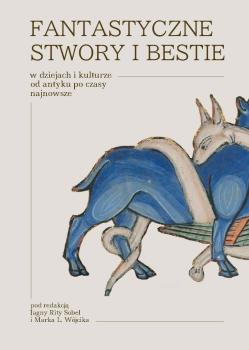Smoczy ślad w średniowiecznych i wczesnonowożytnych podaniach o początkach Dubrownika .......... 213
Synopsis
SERPENTINE THEMES IN MEDIEVAL AND EARLY MODERN LEGENDS ABOUT THE ORIGINS OF DUBROVNIK
This article discusses the ‘dragon factor’ in the stories of the founding of Ragusa (Dubrovnik). Legends about the presence of a snake or dragon in the vicinity of the city were already known in antiquity. They were linked to the figures of the mythical Cadmus and St Jerome. In medieval texts, the miracles of St Jerome were associated with the conversion of the residents of the city and its role in the christianisation of the region. Since the late Middle Ages, there have also been attempts to incorporate threads associated with Aesculapius into the city’s ideology, including those connected to the serpentine nature of the god-healer. A separate note may be dedicated to the story of St Paul’s stay on the nearby island of Mljet, where he is said to have been bitten by a viper. The article compiles sources that show that this story may have inspired several recurring motifs in Dalmatian medieval historiography.





